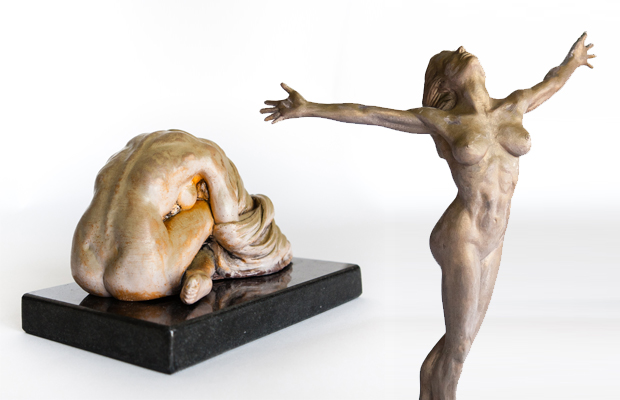Visual Intelligence
There are three classes of people:
those who see, those who see when they are shown, those who do not see.
Leonardo Da Vinci
Howard Gardner proposed in Frames of Mind: The Theory of Multiple Intelligences that intelligence as ‘one thing’ is too limiting to account to the broader range of human abilities and capabilities. He separates intelligence in nine modalities (I’m sure that the list will continue growing):
- Linguistic intelligence
- Logical-mathematical intelligence
- Spatial (Visual) intelligence
- Bodily-Kinesthetic intelligence
- Musical intelligence
- Interpersonal intelligence
- Intrapersonal intelligence
- Naturalist intelligence
- Existential or spiritual intelligence
It is possible that the first group of people coming to mind when one hears ‘visual intelligence’ is artists. Not only people who can draw, paint, sculpt, or design have visual intelligence. Visual intelligence is extended to sports. Court vision in basketball is important to shoot and pass the ball. The same applies in football, baseball, and boxing. Dancers too require that sense of space when they perform. Even today’s video games require visual intelligence with those virtual words that make me dizzy about five minutes into the game.
I do believe that artists have visual intelligence indeed. I also believe that artists share bodily-knestetic intelligence too in order to transfer their vision into a tangible creation. Bodily-knestetic intelligence is not only for sports and dance. I believe we can call it ‘technique’. Artists also share logical-mathematical intelligence. Moreover, artists are also existential or spiritual intelligent. Why it seems like I’m focusing in artists and visual intelligence? Well, I am an artist. I also stink at music and most sports. The fact is that my favorite aspect of visual intelligence because it is not about what we see with the eyes.
Blind people develop visual intelligence to make sense of their environment. Is that perception of space that goes beyond the world we see. Visual intelligence can inform the other intelligences allowing us to become aware of a different kind of world. We can close our eyes and see it. Our senses become consumed with it. This intelligence allows the development of problem-solving skills, capturing and interpreting information, and perceived the world we see with the naked eye and the world not seen. Leonardo Da Vinci called it ‘the reflective eye’. Leonardo believed that ‘the artist sees what others only catch a glimpse of‘.



The Smell of Art
You may agree that art is in a sensorial experience. However, when you visit a gallery or a museum you are only allowed to look at the art. They might be playing some background music. That covers a second sense. In some gallery openings you can sip wine and eat something while appreciating the art. Three senses covered. Touching the art is off the question. But why? Those textures are so tempting. You want to touch. Don’t you? Some artists don’t mind people touching the art. Specially sculptures. You are allowed to touch sometimes if you ask nicely. That covers four senses. How about smell? Do you care about the smell of the gallery or museum? Do you care about the smell of art? Smells can trigger memories, images, and even bring back past experiences to the surface.
I confess that I smell my hands when I work with clay. It takes me back to the college days at the studio. Sometimes I sniff my finished sculptures. It is a way for me to confirm they are ready for show. When I enter a gallery I breath in. The smell of the gallery sets the mood before I look at the art. If the smell is not pleasant I turn around and leave. While appreciating a piece I keep my senses alert which serves as a neurological bridge that interconnects neurological receptors for a longer lasting connection.